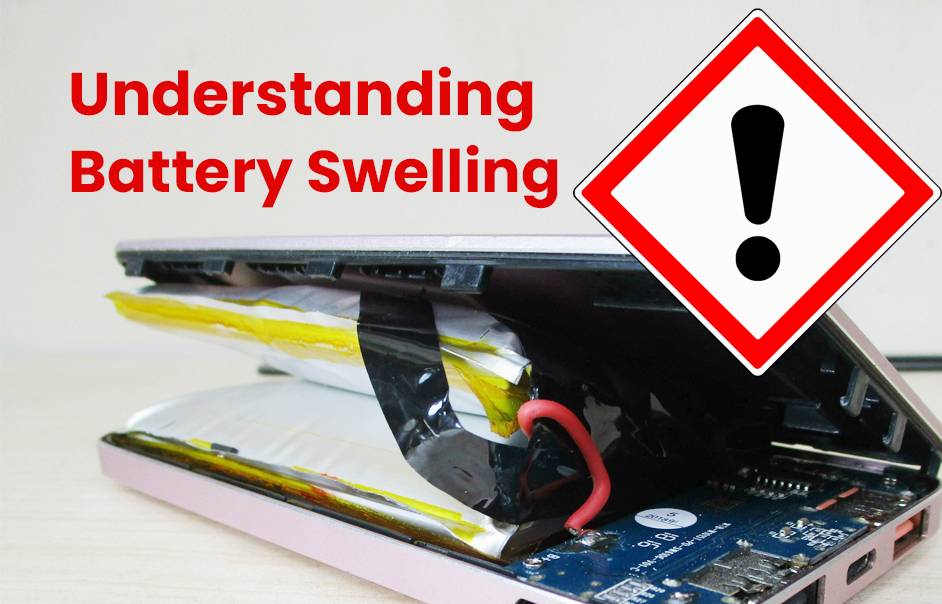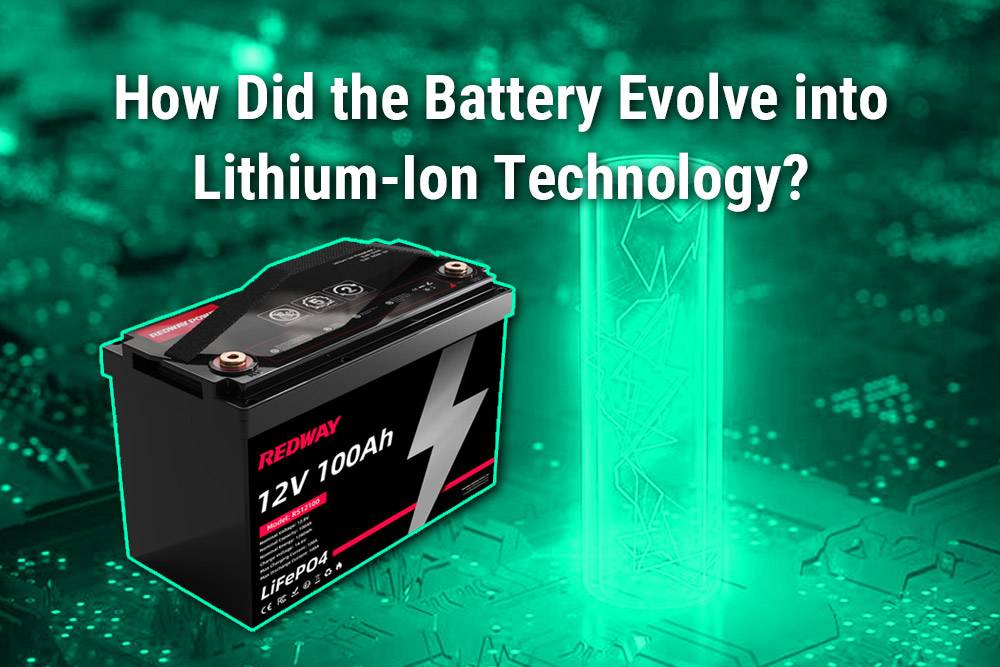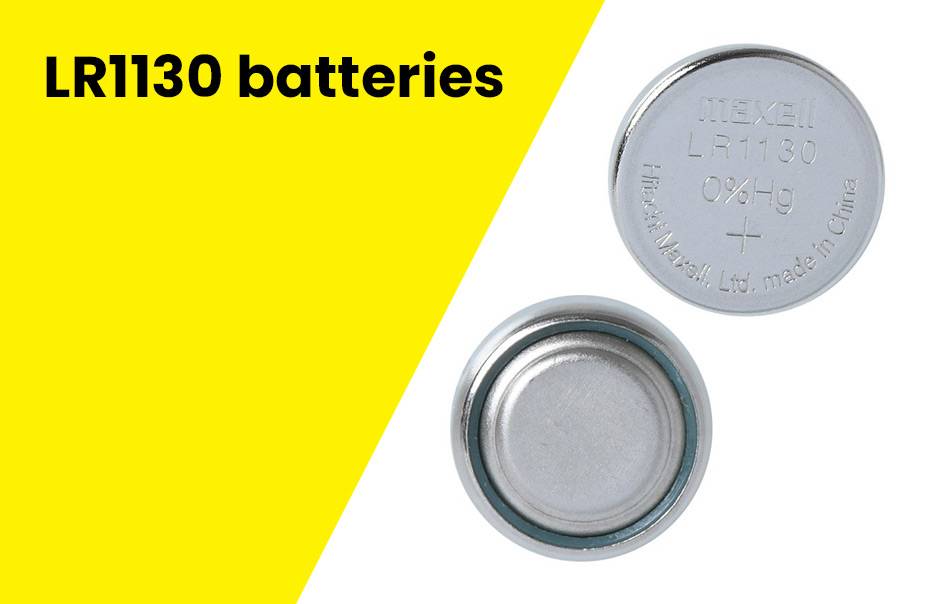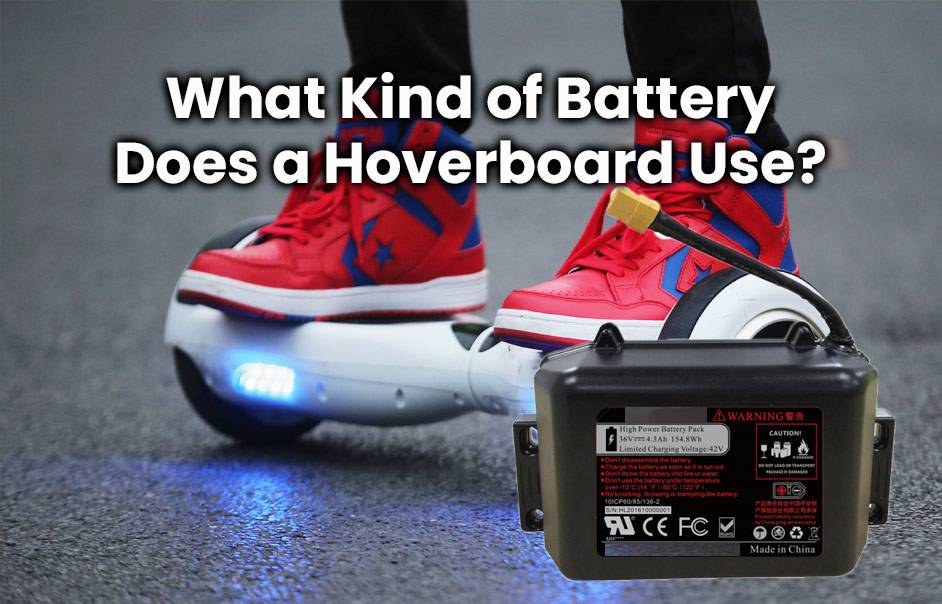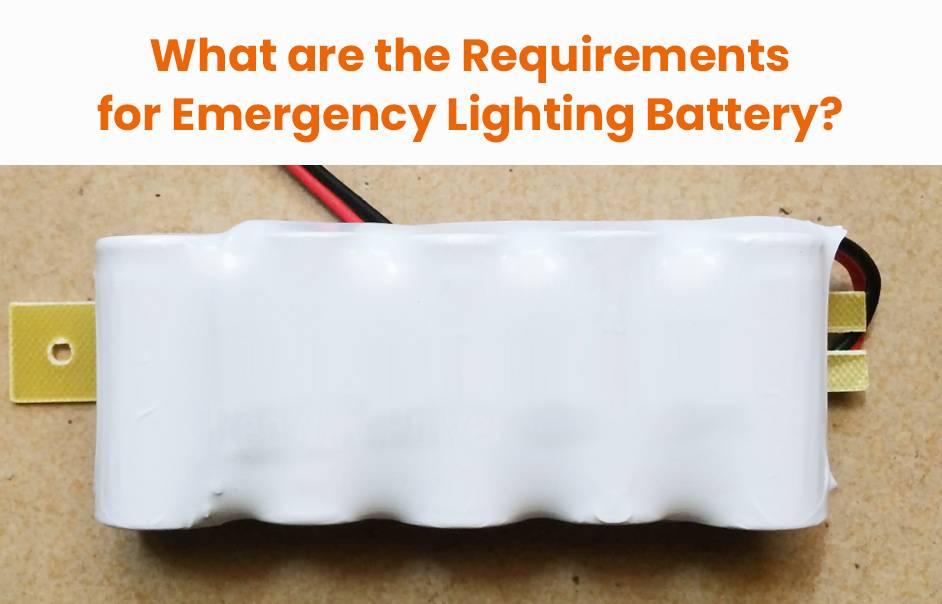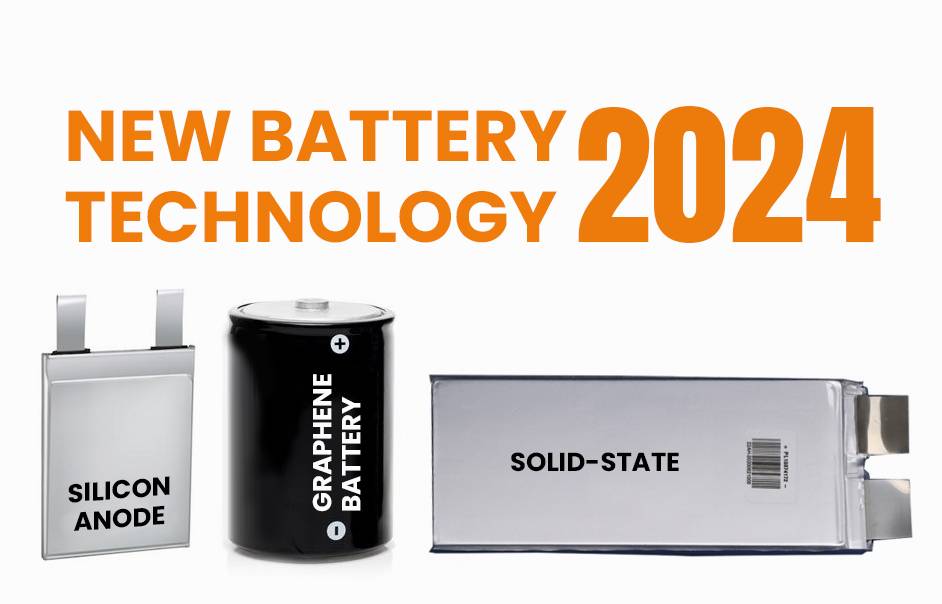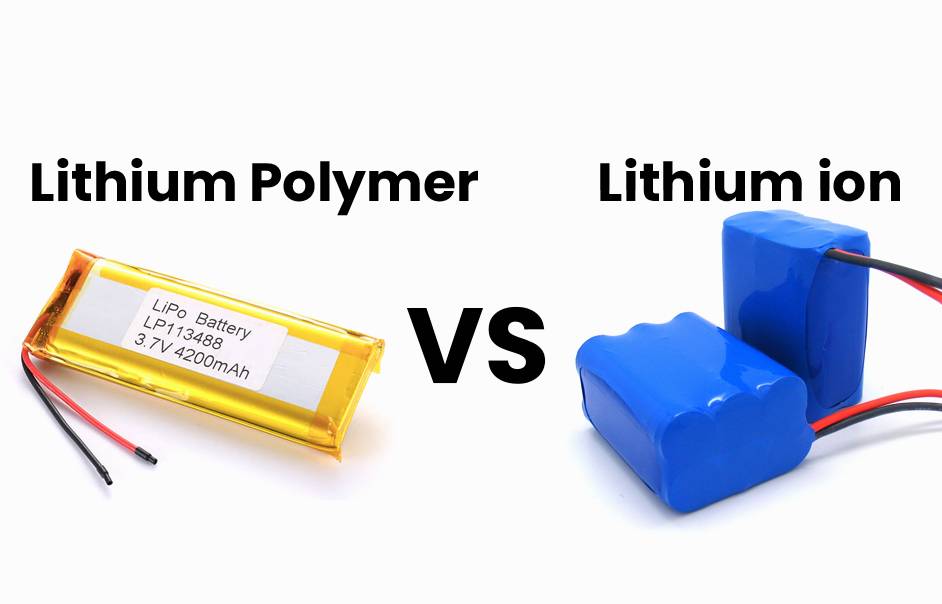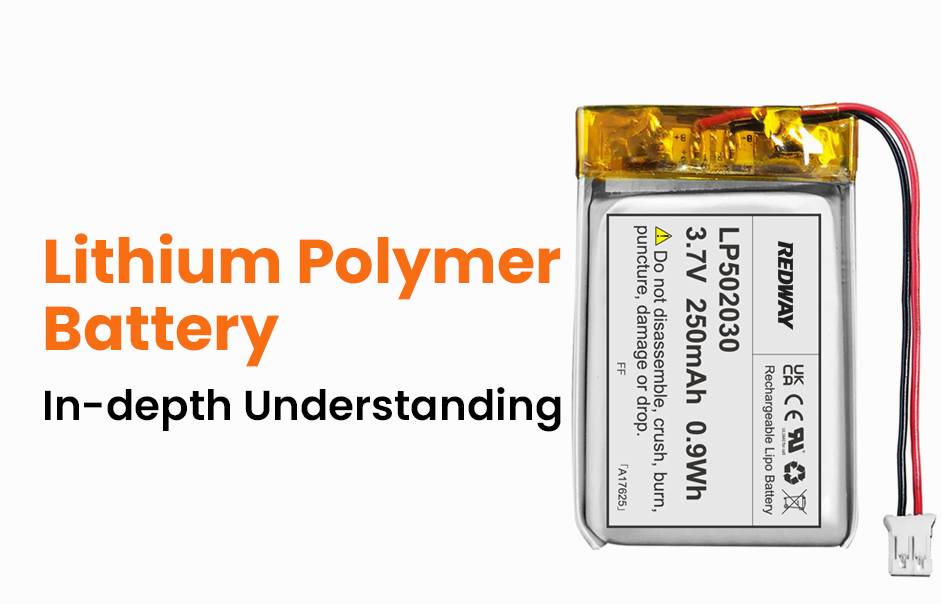Explore our in-depth guide on battery swelling, essential for tech enthusiasts and device users. Uncover insights into this concerning issue that impacts gadget performance and safety. Fear not, as we equip you with knowledge and tips to handle and prevent battery swelling effectively. Join us for a deep dive into the world of battery swelling, ensuring you can navigate this aspect of electronic device maintenance with confidence and expertise!
Reasons for Battery Swelling
Battery swelling is a common issue in electronic devices, and understanding its causes is crucial for prevention. Here’s what you need to know:
- Overcharging: Charging a battery beyond its capacity generates excess heat, leading to swelling. Avoid leaving devices plugged in overnight and use appropriate chargers.
- Physical Damage: Punctures or dents in batteries release gas, causing cells to expand. Be cautious to prevent drops or exposure to extreme temperatures.
- Incompatible Chargers: Using the wrong charger or low-quality batteries can contribute to overheating and swelling. Opt for quality batteries with proper safety mechanisms.
- Device Variation: Some devices, like laptops with lithium-ion batteries, are more prone to swelling due to their size and energy storage capacity.
To prevent swelling, use correct chargers, avoid overcharging, and invest in high-quality batteries. If you notice signs of swelling, such as a misshapen appearance, cease device usage immediately to prevent potential hazards.
Understanding these causes empowers users to take proactive steps in safeguarding their devices from the risks associated with battery swelling.
Signs of Battery Swelling
Battery swelling is a common concern with rechargeable batteries. Recognizing the signs is crucial for prompt action and preventing potential hazards. Here’s what to watch out for:
- Change in Size or Bulging: A noticeable increase in size, distortion, or a rounded appearance indicates swelling.
- Altered Texture: A swollen battery may feel softer or spongy compared to a normal one.
- Increased Weight: Expansion of battery cells can lead to a weight change in the device.
- Excessive Heat: If your device heats up more than usual during use or charging, it may signal a swollen battery.
- Abnormal Device Behavior: Unexpected shutdowns, shortened run-time, or failure to power on are signs of potential issues.
Don’t ignore these signs. Swift action is crucial to prevent further damage and ensure safety. Regularly check your devices for these indicators to catch problems early on.
How to Prevent Battery Swelling
Battery swelling is a common issue in electronic devices that can lead to serious problems. Here’s a straightforward guide to prevent it:
- Use the Right Charger: Always use the manufacturer-provided charger or a reputable brand compatible with your device. Cheap or counterfeit chargers can overload the battery, causing swelling.
- Avoid Extreme Temperatures: Keep your device away from high temperatures, like hot cars or direct sunlight, which can accelerate chemical reactions in the battery. Extreme cold temperatures can also impact battery performance.
- Regular Software Updates: Keep your device’s software updated to benefit from bug fixes and optimizations that improve power management, reducing strain on the battery.
- Good Charging Habits: Avoid overcharging by unplugging your device once it reaches 100%. Also, refrain from letting your phone reach critically low levels before recharging.
- Proper Storage: If storing a device for an extended period, ensure its battery level is around 50% before turning it off completely.
By consistently following these preventive measures, you significantly reduce the risk of battery swelling and ensure optimal performance from your electronics!
What to Do if Your Battery is Swollen
Dealing with a swollen battery is critical to avoid device damage and safety hazards. Here’s a simplified guide on what to do:
- Cease Device Use: If you notice a swollen battery, stop using or charging the device immediately. Disconnect any power sources to prevent further complications.
- Safe Battery Removal: Carefully take out the swollen battery using appropriate tools if needed. Never attempt to use the device with a swollen battery.
- Proper Disposal: Do not try to fix or puncture the battery. Dispose of it following local hazardous waste regulations to avoid environmental impact and potential harm.
- Professional Assistance: Contact a professional technician or the manufacturer for guidance on the next steps after safely disposing of the damaged battery.
Remember, prevention is key. Regularly check your devices for signs of swelling and adhere to manufacturer guidelines for proper usage to ensure safety and device longevity. Taking swift action when facing a swollen battery ensures both safety and device longevity.
Dealing with a Swollen Battery in Different Devices
Dealing with a swollen battery is crucial for safety, but the process varies by device. Here’s a simplified guide:
- Recognize the Signs: If your device shows signs of battery swelling (bulging or unusual shape), stop using it immediately to avoid safety risks.
- Remove the Battery: If possible, safely remove the swollen battery. Smartphones might have non-removable batteries, but laptops often allow easy removal.
- Safe Storage: Place the swollen battery in a fireproof container and store it in a cool, ventilated area away from flammable items.
- Seek Professional Help: Contact the manufacturer or visit an authorized service center for guidance on proper disposal and potential replacement.
Remember, following device-specific guidelines is crucial to prevent accidents or further damage. Stay vigilant, prioritize safety, and act promptly when dealing with swollen batteries for a secure electronic device experience.
Conclusion
Battery swelling, common in devices like smartphones and laptops, results from overcharging, high temperatures, or physical damage. Early detection is crucial, indicated by a bulging case or fitting issues. Prevention involves avoiding extreme temperatures and using recommended chargers. If swelling occurs, cease device use immediately. For non-removable battery devices, seek professional help; for removable batteries, users have more control. Prevention is key; understand causes, identify early signs, and take steps to ensure device safety and longevity. Stay vigilant for any signs of battery swelling and act promptly to prevent risks.

